Overview
HDHP stands for High Deductible Health Plan. HDHPs are a newer type of health insurance plan. Generally, HDHPs are structured like PPO plans, however, they are not simply PPO plans with higher deductibles. Rather, the term HDHP specifically refers to a Qualified HDHP which means it includes some special provisions that are required by the law.
When you are covered by a Qualified HDHP, the law says that you may contribute money to a Health Savings Account (HSA). When Congress created HSAs, they indicated that in order to enjoy the tax saving benefits of an HSA, you must be covered under one of these special HDHPs. In short, this means an HDHP can be combined with an HSA, allowing you to pay for certain medical expenses with tax-free dollars.
What are the Special Provisions?
Following is a list of the special provisions that are required for a plan to be a Qualified HDHP.
-
Minimum deductible: $1,350 for individual coverage or $2,700 for family coverage (indexed annually)
-
Maximum out of pocket: $6,750 for individual coverage or $13,500 for family coverage (indexed annually)
-
Preventive care: Covered at 100% and NOT subject to any deductible
-
All benefits are subject to the deductible (except for preventive care). This means the plan will not have any copays where a flat amount is paid up front, and then the plan pays 100% for those services (like is the case under a traditional PPO plan).
Cost
The idea behind HDHPs is that the higher deductible structure will create a lower premium. The premium savings may then be redirected into an HSA which you can use to pay for health insurance expenses (like your deductible) with pre-tax dollars. (See other resources on HSAs).


